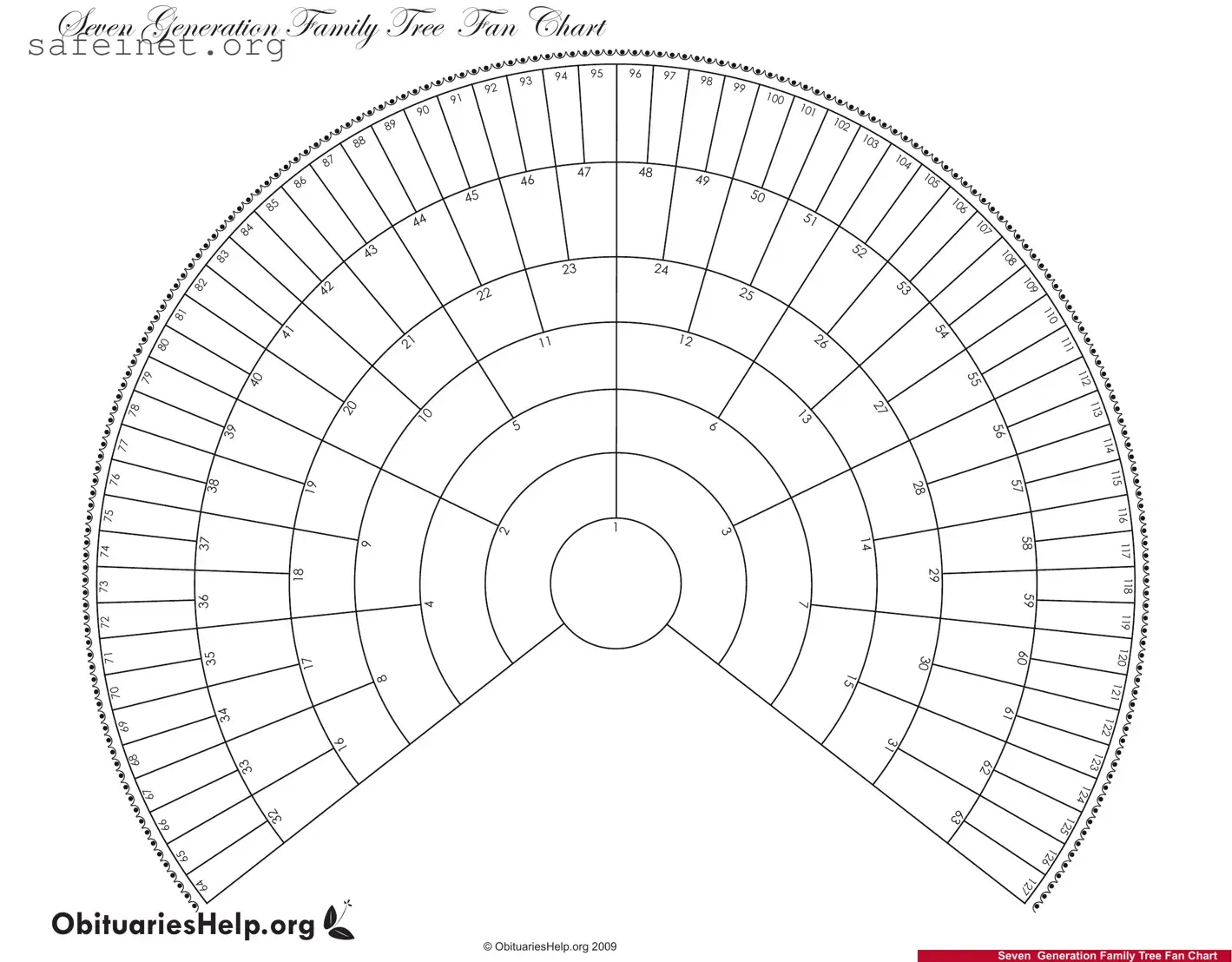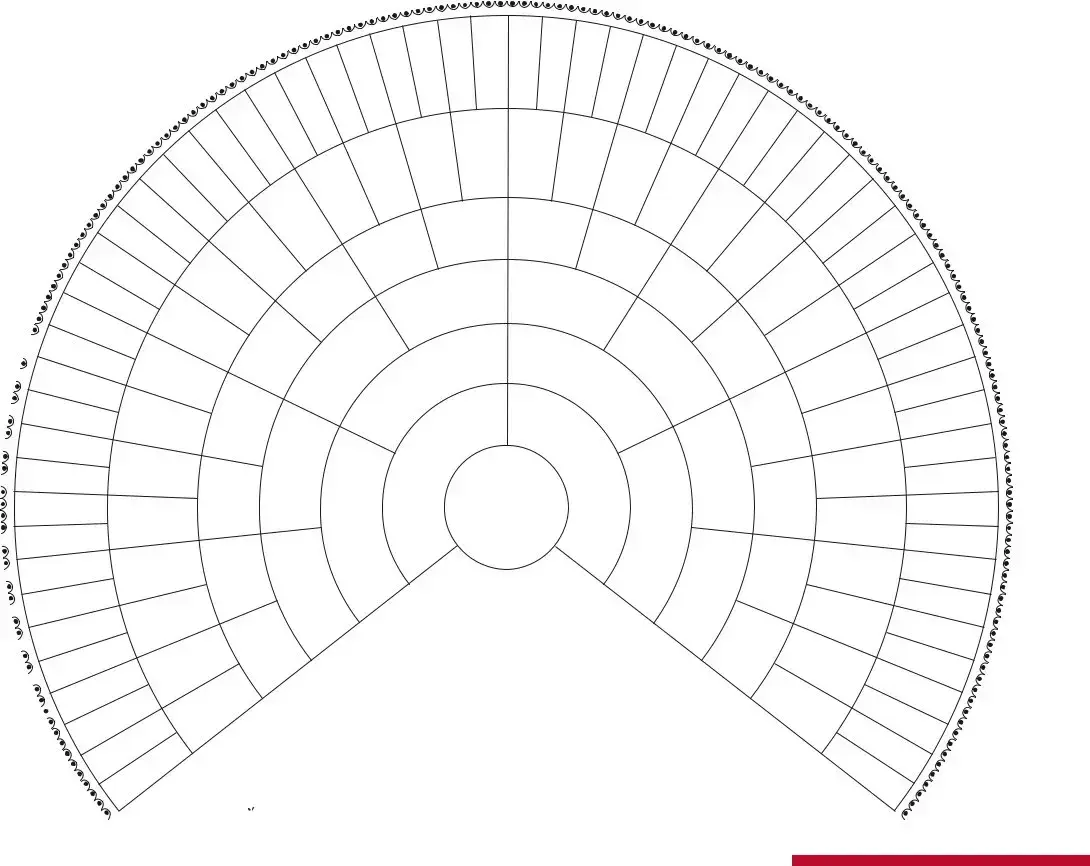What is the FAR Commercial Contract form?
The FAR Commercial Contract form is a standardized document used in the United States for various commercial transactions. It serves as a vital tool for outlining the terms and conditions of an agreement between parties, ensuring that both sides understand their obligations and rights within the framework of the contract.
Who uses the FAR Commercial Contract form?
This form is commonly utilized by businesses, contractors, suppliers, and vendors involved in commercial activities. Real estate professionals and commercial agents may also find it beneficial, as it provides a clear outline of the expectations in various business dealings.
What are the primary components of the FAR Commercial Contract form?
The components of the FAR Commercial Contract typically include sections on the parties involved, the scope of work, payment terms, timelines, and obligations of each party. Additional clauses may cover dispute resolution, confidentiality, and termination conditions, ensuring comprehensive protection in the event of a disagreement.
How is the FAR Commercial Contract form beneficial for businesses?
This contract form provides clarity and structure to business agreements, minimizing misunderstandings and potential disputes. By clearly defining expectations, it helps foster positive relationships between parties and can serve as a reference point if issues arise in the future.
Can modifications be made to the FAR Commercial Contract form?
Yes, the FAR Commercial Contract form can be tailored to meet the specific needs of the parties involved. Any modifications must be made carefully and should be documented in writing, as both parties need to agree to any changes for them to be enforceable.
Is there a standard timeframe for completing the FAR Commercial Contract?
While there is no set standard timeframe for completing the FAR Commercial Contract, it is advisable to work efficiently to finalize the document. Timelines may vary based on the complexity of the agreement and the responses of the parties involved, but prompt communication can help expedite the process.
What should be done if a dispute arises under the FAR Commercial Contract?
If a dispute occurs, the affected party should first attempt to resolve the issue through open communication with the other party. If this approach does not yield a satisfactory outcome, consulting with a legal professional may help explore further options, such as mediation or arbitration, as outlined in the contract.
How can I ensure that my FAR Commercial Contract is legally binding?
To ensure that your FAR Commercial Contract is legally binding, it is essential that all parties involved sign the document voluntarily. Each party should also receive a copy of the signed agreement. It is advisable for all parties to seek legal counsel to review the contract and confirm its compliance with applicable laws.
Where can I obtain a copy of the FAR Commercial Contract form?
A copy of the FAR Commercial Contract form may be obtained through various legal and business resource websites or by consulting with a legal professional. Ensuring that you receive the most current version is important, as there may be updates or amendments that reflect changes in the law or commercial practices.


 78
78  77
77  76
76  75
75 


 70
70 69
69 68
68 67
67
